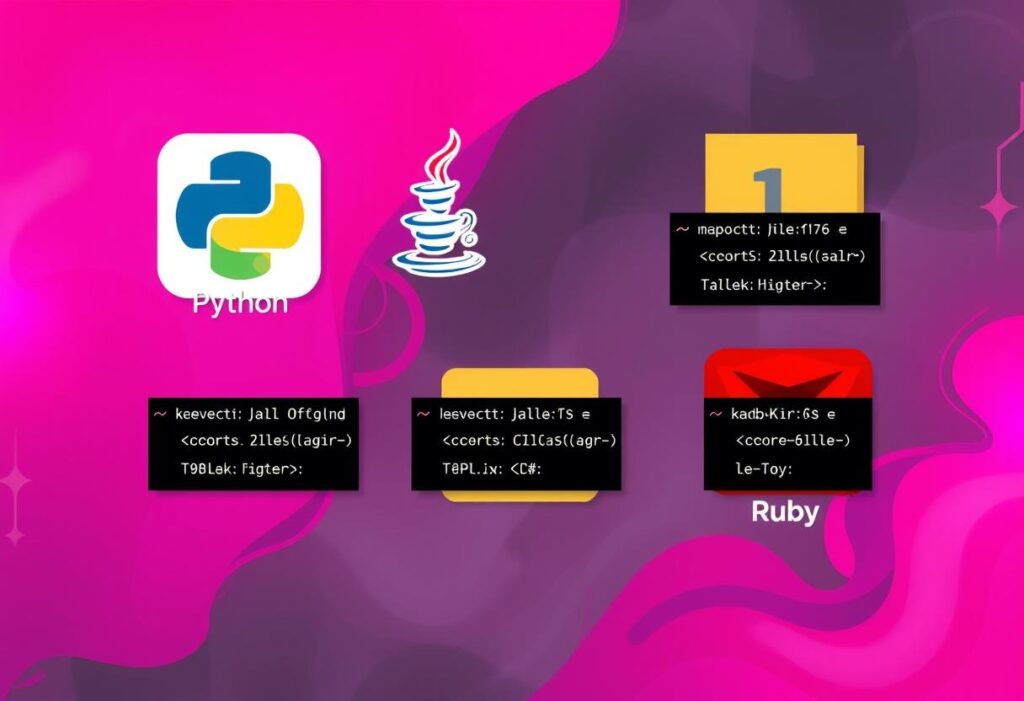Resources
Resources Mesquite IT : http://www.mesquiteit.com Westwind : http://www.west-wind.com/westwindToolkit/docs/_4ij04e9zw.htm Westwind : http://weblog.west-wind.com/posts/2013/Nov/12/Dynamically-loading-Assemblies-to-reduce-Runtime-Dependencies Microsoft : https://msdn.microsoft.com/en-us/library/ky3942xh(v=vs.110).aspx Microsoft : https://msdn.microsoft.com/en-us/library/1009fa28(v=vs.110).aspx Mesquit IT: https://github.com/cnikula Mesquite IT: https://github.com/cnikula/Solution-Architect Pro C# 5.0 and the .NET 4.5 Framework Chapter 15. Type Reflection, Late Binding, and Attribute-Based Programming




